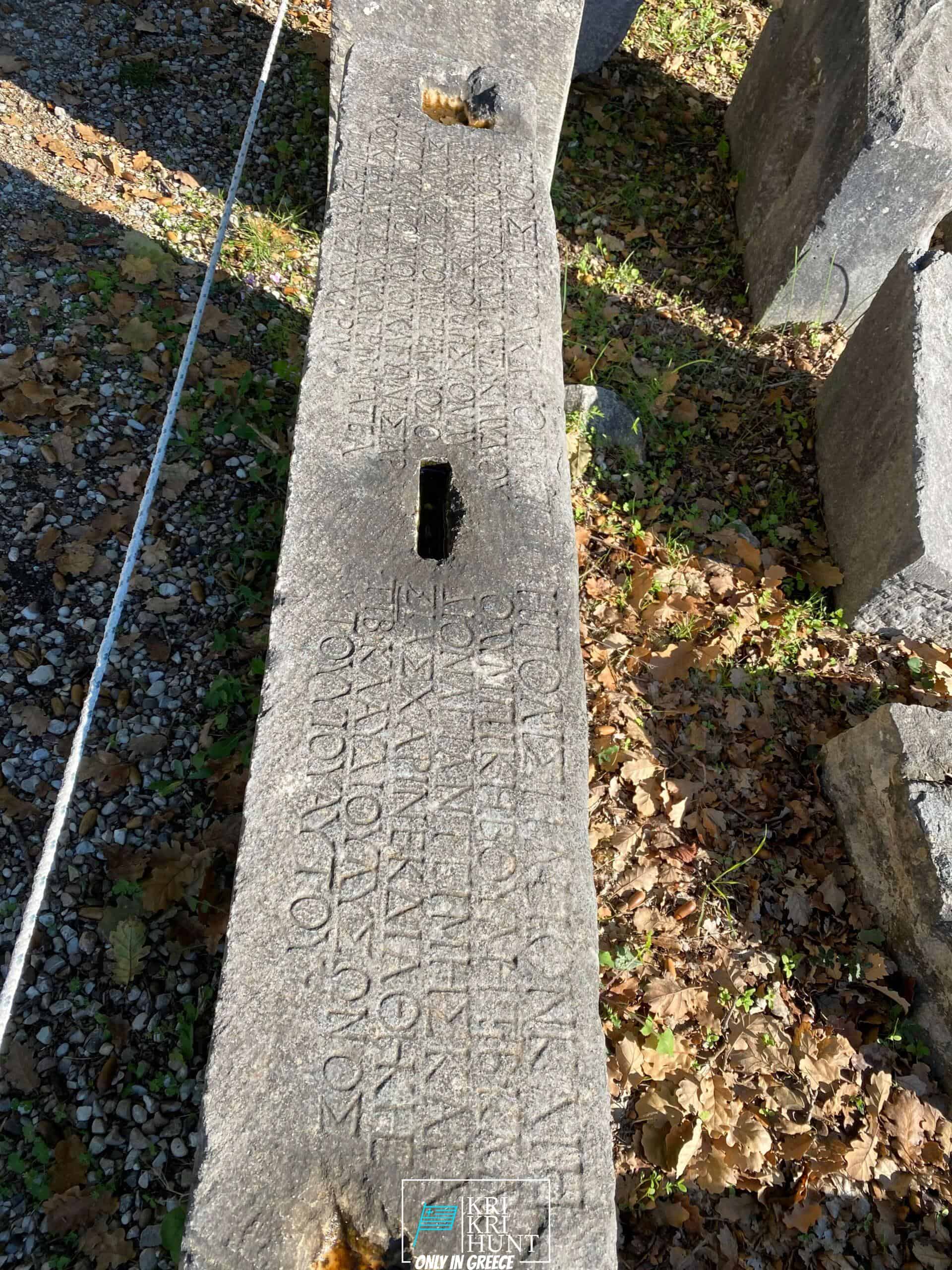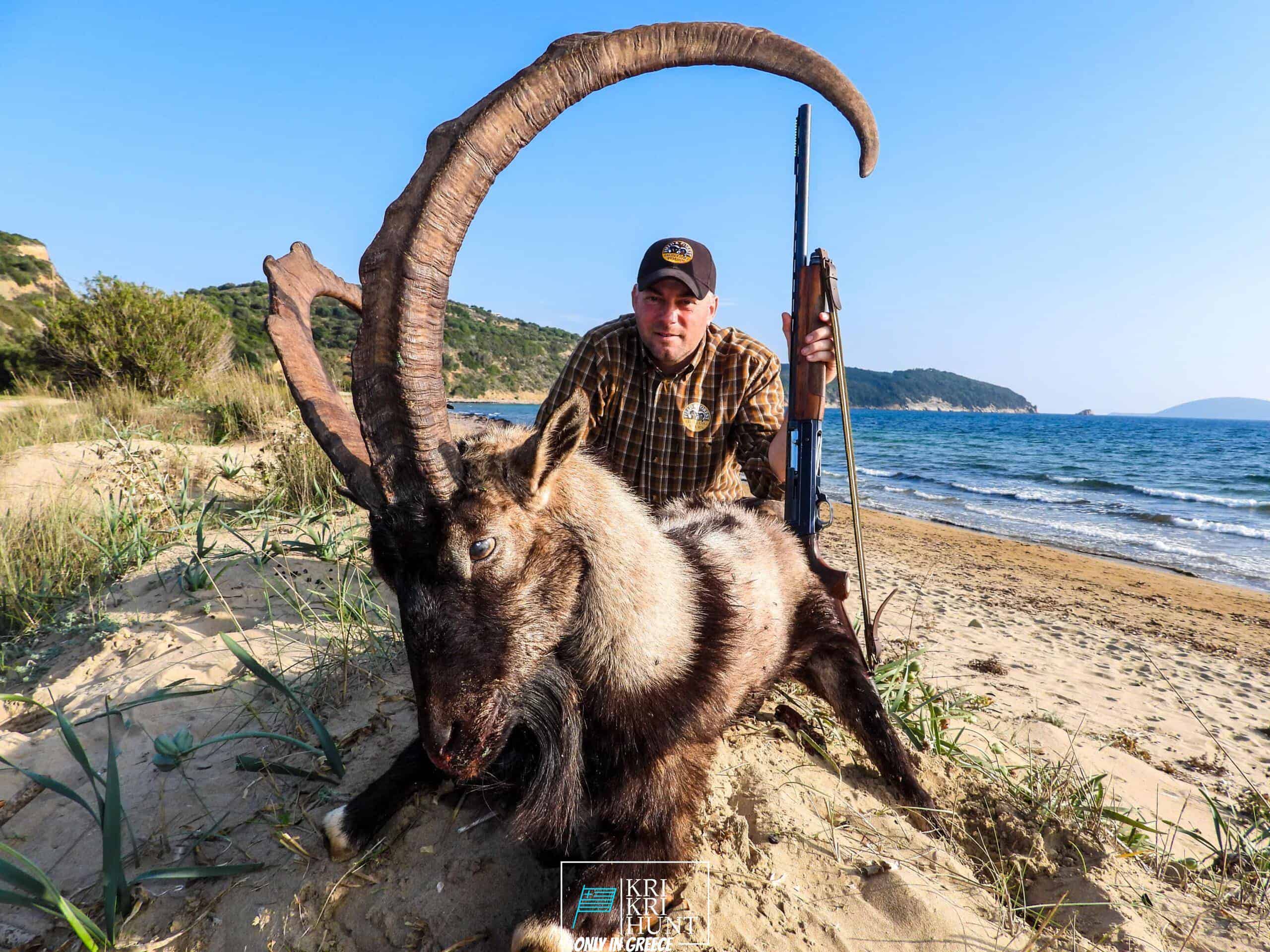Your desire vacation of a life time in Greece for Kri Kri ibex quest!
Your desire vacation of a life time in Greece for Kri Kri ibex quest!
Blog Article

They state that the Peloponnese peninsula is the "real" Greece. And we state, if you're seeking an unforgettable experience, our hunting and also visiting Peloponnese scenic tour from Methoni is the ideal means to experience all that this gorgeous country has to use.

Pursuing the kri kri ibex in Greece can be a tough task. Searching huge game in Greece is challenging for international hunters. Swine and also roe deer are the sole alternative for neighborhood hunters besides the kri kri ibex, which is only pursued in meticulously protected unique hunting areas such as specific islands. The Kri Kri Ibex and also mouflon can just be shot on unique hunting areas from early morning up until midday, according to Greek regulation. Slugs are the only ammo allowed. You have to book at least a year beforehand for a permit. To ensure that just serious hunters are allowed on these journeys, the Greek Ministry of Nature as well as Agriculture problems licenses. To make sure that the government issues a certain number of licenses per year.
What to Expect on a Peloponnese Tour? You can expect to be blown away by the natural beauty of the location when you book one of our hunting and also exploring Peloponnese Tours from Methoni. From the beautiful coastlines to the hills as well as woodlands, there is something for everyone to appreciate in the Peloponnese. On top of that, you will certainly have the chance to taste some of the most effective food that Greece has to supply. Greek cuisine is renowned for being fresh and also scrumptious, and also you will absolutely not be disappointed. Among the most effective components about our tours is that they are created to be both fun and academic. You will learn about Greek background and also society while also getting to experience it firsthand. This is a remarkable chance to submerse on your own in everything that Greece needs to offer.
There is truly something for everyone in the Peloponnese peninsula. Whether you are interested in background and also society or nature as well as outdoor activities, this is a perfect destination for your following holiday. If you are short in a timely manner, our hunting and visiting Peloponnese Tours from Methoni is a wonderful means to see every little thing this impressive area has to offer.And finally, your Kri Kri ibex trophy is waiting for you.
What is the diference between Kri Kri ibex, Bezoar ibex and hybrid ibex
The kri-kri is not thought to be indigenous to Crete, most likely having been imported to the island during the time of the Minoan civilization. Nevertheless, it is found nowhere else and is therefore endemic to Crete. It was common throughout the Aegean but the peaks of the 8,000 ft (2,400 m) White Mountains of Western Crete are their last strongholds–particularly a series of almost vertical 3,000 ft (900 m) cliffs called ‘the Untrodden’—at the head of the Samaria Gorge. This mountain range, which hosts another 14 endemic animal species, is protected as a UNESCO Biosphere Reserve. In total, their range extends to the White Mountains, the Samaria National Forest and the islets of Dia, Thodorou, and Agii Pandes.
This Ibex is NOT a diminutive form of the Bezoar Ibex, which has migrated into the western-most reach of the range of this species. The kri – kri (Capra aegagrus cretica), sometimes called the Cretan goat, Agrimi, or Cretan Ibex, is a feral goat inhabiting the Eastern Mediterranean, previously considered a subspecies of wild goat. The kri-kri has a light brownish coat with a darker band around its neck. It has two horns that sweep back from the head. In the wild they are shy and avoid tourists, resting during the day. The animal can leap some distance or climb seemingly sheer cliffs.
“The agrimi goat Capra aegagrus cretica is unique to Crete and its offshore islands. It has been identi®ed as a sub-species of the wild bezoar goat Capra aegagrus aegagrus Erxleben, 1777, which it closely resembles in horn shape, body form and coloration. This classi®cation has been disputed by some researchers who claim that the agrimi are feral goats, derived from early domestic stock brought to the island by the ®rst Neolithic settlers. In order to clarify this issue, DNA analyses (cytochrome b and D loop sequences) were carried out on tissue of live and skeletonized agrimi and compared to sequences of wild and domestic caprines. Results conclusively show the agrimi to be a feral animal, that clades with domestic goats (Capra hircus) rather than with wild Asiatic bezoar. This study demonstrates that morphometric criteria do not necessarily re¯ect genetic af®nities, and that the taxonomic classi®cation of agrimi should be revised.”
Report this page